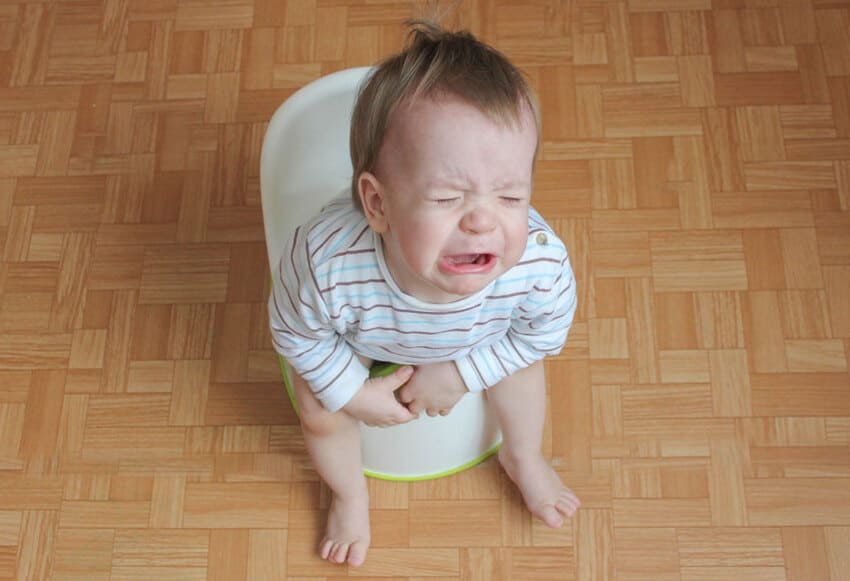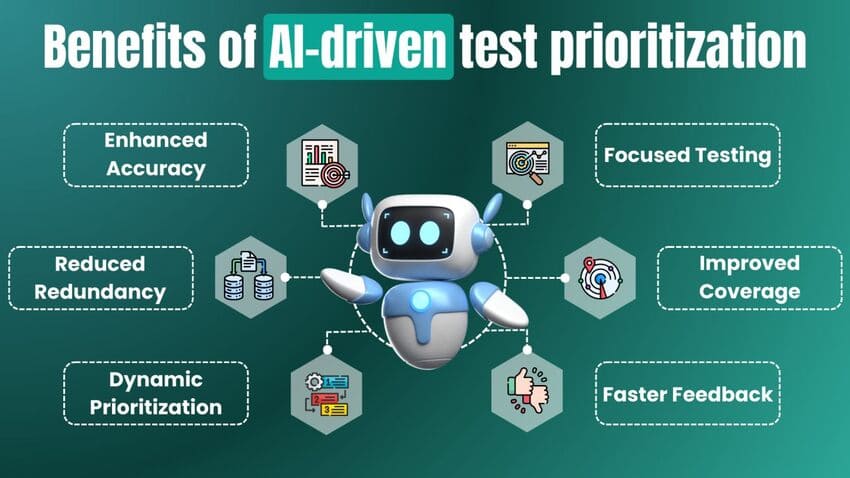
Why a traumatic brain injury makes it more likely that a second, worse hit will happen
- Rating
- tagovailoa
- concussions
- injuries
- traumatic
- recovering
Inconveniences like slow response times, dizziness, and double vision may throw off even the most agile quarterback.
On September 25, quarterback Tua Tagovailoa of the Miami Dolphins threw a pass but was afterwards knocked down. As he tried to jog it off, fans saw him shake his head and fall to the ground. He left the game with what his coach subsequently stated was a back injury, but returned after being checked out by the trainers.
Tagovailoa, 24, was injured once more four days later, this time while playing for the Cincinnati Bengals. This time, he suffered a concussion and had to be carried off the field.
Since Tagovailoa was seen shaking his head and stumbling after taking the initial blow, many have speculated that he sustained a concussion, sometimes known as a mild traumatic brain injury. If they were symptoms of a head injury, the first blow may have set the stage for a more serious brain injury in the days to come.
According to Kristen Dams-O'Connor, director of the Brain Injury Research Center at the Icahn School of Medicine at Mount Sinai in New York City and a neuropsychologist, "the science tells us that yes, a person who is still recovering from a concussion is at elevated risk for sustaining another concussion." According to one study published in the British Medical Journal in 2013, concussions nearly quadrupled the risk of suffering a second one among young Swedish males.
As Dams-O'Connor puts it, "this, I think, was preventable," in reference to Tagovailoa's brain damage versus the Bengals.
When the brain, which is delicate and vulnerable, collides with the hard skull, it causes a chain reaction of physiological and behavioral changes. Inflammation develops in, blood flow is disrupted, and certain nerve cells become hyperactive. These downstream brain activities, and their connection to concussion symptoms, might take place across hours and days, and are not simple to immediately evaluate, Dams-O'Connor explains.
Because of this, it's not always easy to tell when someone has had a concussion. As a result, clinicians frequently rely on patients reporting that they feel ill. Athletes at the highest level may be reluctant to report such symptoms if doing so would force them to miss competition. According to Dams-O'Connor, "they are top athletes who are conditioned to suck it up."
Athletes are more susceptible because of the symptoms of concussions. A slow-moving quarterback who must avoid tackles and see opponents approaching from the side is at a disadvantage when these conditions are present. These signs and symptoms might increase the risk of additional head and body trauma. According to a new review of NFL players published in August in Arthroscopy, Sports Medicine, and Rehabilitation, the chances of lower extremity injuries rise after a concussion.
In addition, a brain in the process of mending is more vulnerable to shock. Daneshvar explains, "your threshold for developing a concussion is lower" in the weeks following an incident since the brain is still recuperating. A lesser blow may produce more harm than previously thought, according to the studies. Second impact syndrome, however uncommon, is a severe manifestation of multiple brain injuries. When a brain that is still recovering takes another blow, it might experience a catastrophic and perhaps deadly swelling.
As for what occurred to Tagovailoa, it wasn't that. However, Dams-O'Connor stresses that recovering from two concussions in a short period of time is more difficult. "I don't think people realize how drastically that may affect their lives."
The NFL and the NFLPA have issued a joint statement saying they are looking into whether or not the league's concussion procedures were followed. Whether or not this was the case, Tagovailoa may have been permitted to return to that first game after tripping due to a back ailment rather than a brain damage. The NFL and NFL Players Association are thinking about modifying the process to remove a player from a game for any noticeable motor instability.
CITATIONS
H.P. Baker et al. Concussions increase the odds of lower-extremity injuries in National Football League Players: Four-year review of publicly available data. Arthroscopy, Sports Medicine, and Rehabilitation. Vol. 4, August 2022. doi: 10.1016/j.asmr.2022.05.011.
Leave a Reply
Your email address will not be published. Required fields are marked *


